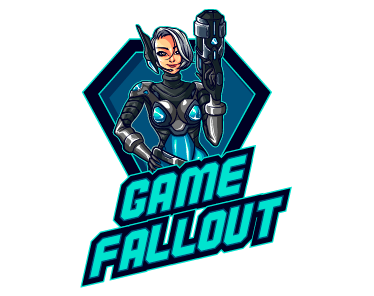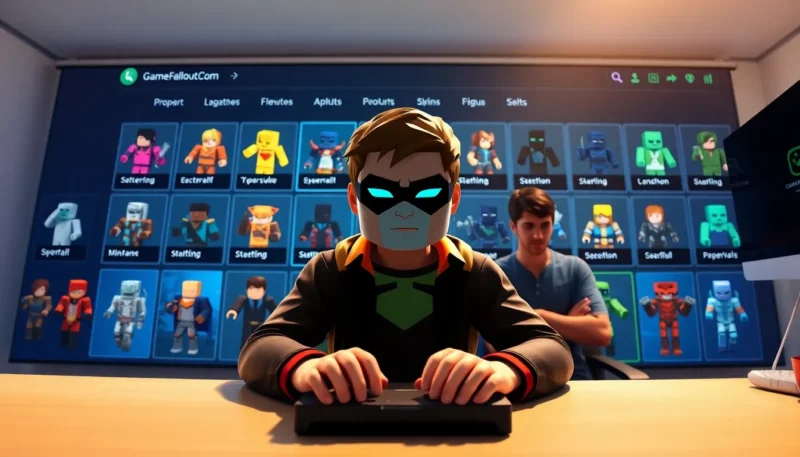
Minecraft has always been a game about creativity and freedom, but the growing popularity of modpacks has taken that freedom to an entirely new level. Modpacks are curated collections of modifications that reimagine the game, often combining dozens or even hundreds of individual mods around a common theme. Instead of simply adding a new block or tool, they reshape entire gameplay loops.
Some turn Minecraft into a survival simulator with hunger, thirst, and weather mechanics. Others lean into fantasy, adding magic systems, dungeons, and mythical creatures. Tech-focused packs introduce complex machines, electricity, and automation systems that turn the sandbox into a full-scale engineering challenge.
For many players, these collections make Minecraft feel like an entirely different title. After years of exploring the core “vanilla” experience, modpacks offer fresh challenges, new objectives, and an extended lifespan for the game. They also encourage collaboration and community play, as players often share servers, split tasks, and work together to build vast worlds. But as the game keeps evolving through these player-driven creations, one question lingers: how far can Minecraft stretch before it becomes something entirely new?
Key Takeaways
Modpacks for Minecraft are revolutionizing gameplay by transforming the sandbox experience into complex, themed worlds, driven by significant player demand and improved server hosting technologies.
- Modpacks drastically change Minecraft’s gameplay by incorporating diverse themes such as survival, fantasy, and technology, offering players new challenges and objectives.
- The demand for modded Minecraft content is substantial, with over 48 million monthly players engaging with modpacks, and hosting services have simplified the process of setting up and managing these complex environments.
- Server hosting has become crucial for performance and security, allowing players to control their gaming experience with customization options and robust community features.
Growing Demand For Modded Servers
The demand for modded play is significant. According to a 2025 Minecraft statistic report, more than 48 million players engage with modded Minecraft content every month, making it one of the most active user-generated ecosystems in gaming. This rise has pushed server hosting into the spotlight, as running a stable environment for complex modpacks is no longer optional but essential.
Running a server for a large modpack has unique challenges. Heavy automation, large builds, and multiple players can put strain on memory and processing power, causing lag or crashes on personal computers. Dedicated servers solve these performance issues, but they traditionally required a technical background to configure. In the past, players had to manually edit configuration files, install mods one by one, and manage restarts through command lines.
Today, that process is far easier. Hosting services now provide web-based dashboards that let players install entire modpacks with a few clicks, switch between configurations, and manage their servers without touching code.
Many even recommend optimal memory allocation for each pack, ensuring stable performance even during intense gameplay. This makes modded Minecraft server hosting more approachable for casual players and allows larger communities to scale up their worlds without hitting arbitrary player limits.
Performance, Security, And Control
Performance and security remain top priorities. Modern servers dynamically allocate resources based on activity, so they can handle busy moments when players gather in the same area or launch large automation chains. Strong protection against DDoS attacks and reliable uptime are also essential, as server crashes or long downtimes can disrupt community projects and discourage players from returning.
Beyond the technical aspects, hosting allows players to fully control their experience. They can choose which mods to include, set difficulty levels, create custom rules, and decide who can join. This flexibility has turned Minecraft servers into miniature worlds where groups of players can build economies, run story-driven quests, or test experimental creations that wouldn’t be possible in the base game.
With Minecraft passing 300 million total copies sold in 2023, its audience shows no signs of slowing down. Modpacks and the servers that run them are now a core part of how players interact with the game. As tools for hosting continue to become simpler and more powerful, the trend suggests that Minecraft’s future will be shaped as much by its players as by its developers — with modded servers leading the way toward endlessly customizable worlds.





